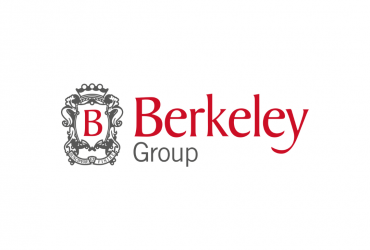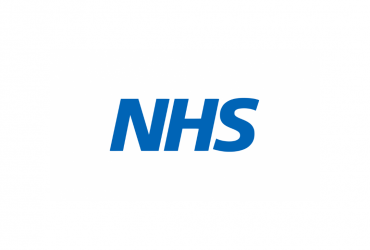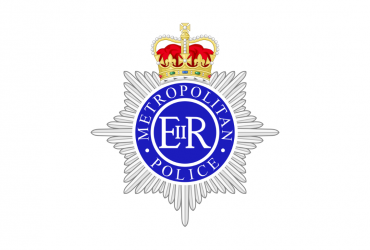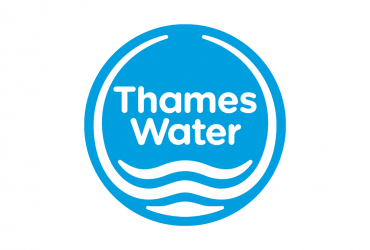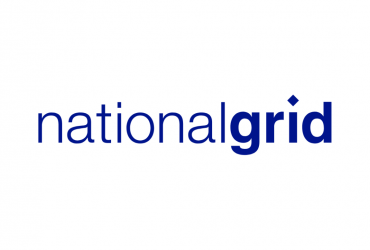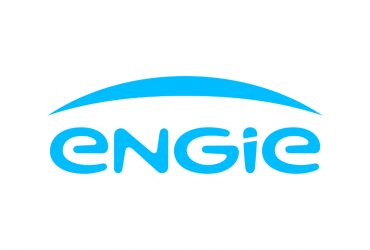How To Get Mould Off Silicone
![]() CONTENTS
CONTENTS
- What is mould?
- What causes mould to grow on silicone?
- What are the effects of mould growth on silicone?
- How to remove mould from silicone
- How to prevent mould growing on silicone
- Get in touch
If you have spotted stubborn black stains and spots on your white silicone sealant, you must have it removed immediately. This is mould, and it will not just affect the appearance of your home, it could put people's health at risk and spread to the rest of your property and possessions.
Here at ICE Cleaning, we offer our mould removal services nationwide. We are a corporate member of Dewpoint Professional, and our technicians are fully trained in our thorough nine-stage mould remediation process. They can reduce the spore count to a safe level and noticeably improve the air quality in your home.
Read on to find out why mould is growing on your silicone sealant and how to remove it.
What is mould?
Mould is a species of fungus that flourishes in environments that contain excess moisture and organic material for it to feed off. It's often found on food, walls, windows, other surfaces where moisture collects, and humid spaces like the bathroom and kitchen.
Mould is not only an eyesore but can also harm people's health. Some people may experience allergic reactions or respiratory issues when exposed to certain types of mould. For those with weakened immune systems or existing respiratory conditions, or elderly and very young children, exposure could lead to more severe health complications.
Certain kinds of mould release toxic chemicals, too, which can cause more serious health issues. Some types of black mould, like Stachybotrys chartarum, for example, are linked to sick building syndrome, acute idiopathic pulmonary haemorrhage, and fungal infections in people's airways.
What causes mould to grow on silicone?
Mould growth on silicone sealant in bathrooms and kitchens or around windows is a common issue. It is specifically caused by gaps forming in the sealant and moisture getting behind it. Mould then grows behind the sealant and spreads across it.
Silicone sealant is often used in areas that are susceptible to mould growth, too. The damp, humid conditions provided by the bathroom and kitchen when washing and cooking, and the condensation that tends to forms on windows provide mould with the ideal conditions for growth.
Poor cleaning habits also help mould grow. Neglected areas may develop stubborn dirt and soap scum deposits which can hold moisture longer than clean surfaces and gives any mould a food source.
What are the effects of mould growth on silicone?
Besides your health and well-being, mould can wreak havoc on your belongings, too. As it spreads across surfaces, including your silicone sealant, it gradually damages them.
Should mould spread to possessions and building materials made of organic materials like wooden furniture or drywall, it can cause them to deteriorate which may lead to dangerous structural damage.
How to remove mould from silicone
While it may be tempting, trying to tackle mould removal yourself whether with a DIY method or silicone mould remover can lead to more problems. This is because the cleaning methods often recommend scrubbing it with harsh chemicals which can damage the delicate silicone. While they might get rid of visible mould, you could leave traces of it behind and erode the sealant's surface.
This will allow more moisture to get behind it, leading to a more serious mould problem in the future. Mould remediation can also result in mould spores spreading around the rest of your property.
You are highly likely to ingest, inhale, or touch it when removing the mould from silicone without personal protective equipment (PPE), too. Unless you have the proper knowledge of how to safely and thoroughly get rid of the mould, you could put people's health at risk and even make the mould worse.
It is recommended that you always bring in professional cleaners for mould removal. They will have the specialist equipment to quickly remove all the mould from the silicone in your home, including airborne spores, and give you peace of mind that it is safe.
ICE Cleaning's technicians can diagnose the specific cause of the mould, as well, and give you bespoke advice on how to prevent it from returning to your home.
How to prevent mould growing on silicone
Mould thrives in damp, poorly ventilated areas. To stop it from appearing on your silicone seals, the first step is maintaining a dry environment. This involves wiping down surfaces after use and making sure there is good air circulation, like opening windows when washing or cooking, or installing an extractor fan.
Another method is regularly cleaning these areas to remove any dust, dirt, and soap that could provide food for mould. You should also consider using anti-mould sealants when installing or replacing silicone sealant. These products contain agents that inhibit fungal growth. You can learn about the other ways to prevent mould in your home here.
Get in touch
Our mould specialists are available nationwide, 24/7, 365 days a year. With every mould removal, we offer a lifetime guarantee* so you can be sure your home will stay mould-free.
Contact our friendly team today on 0208 066 0360 or via email at enquiries@icecleaning.co.uk to get a free, no-obligation quote for our mould remediation services.
*subject to advisories

Speak with me today,
I’m here to help
By asking you a few questions either via phone or email I can immediately provide a realistic estimation of the cost.
You’re in good company. We’ve cleaned for the following commercial clients… View all

Why choose us?
- Cater to a wide variety of cleaning situations
- Nationwide coverage, available 24/7
- Cater to commercial and domestic clients
- Free survey provided prior to quotation
- Emergency response team
- Offer a bespoke service designed to suit all your needs
- All technicians hold professional health and safety qualifications, including BICSc, IOSH, Dewpoint Professional & Safe Contractor
We’re fully accredited
We place best practise, professional expertise and health and safety at the core of our business. We’re fully compliant with all legal obligations. You can view a list of our accreditations below, or visit our Health & Safety page for more information.

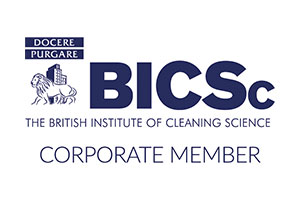

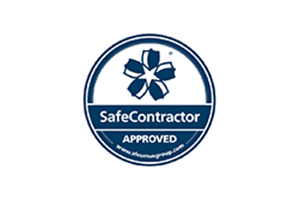

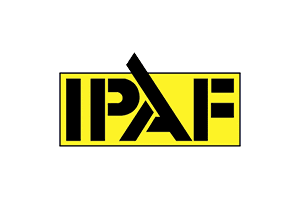
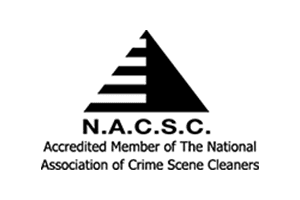




-RGB-small.1707319151.jpg)

